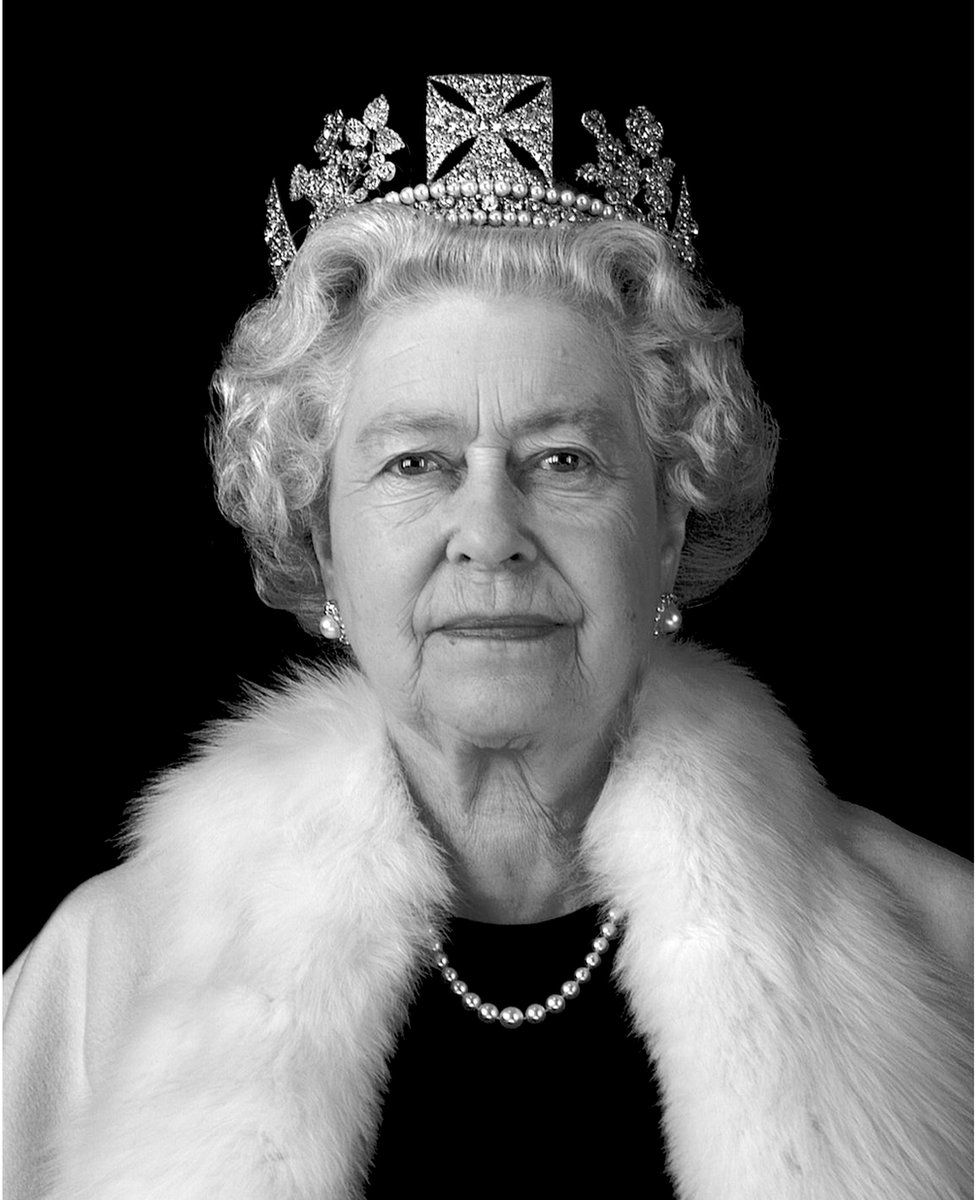
Lessons from Queen Elizabeth’s brand
Last Thursday, the world’s attention shifted in one direction — the passing of the British Monarch.
The death of Queen Elizabeth II took over the airwaves and suddenly became the number one streaming news on all news portals and social media handles.
Advertisement
Many who never knew her suddenly took interest in her and demanded to know who she really was and her value to the United Kingdom and the Commonwealth, of which she was the head.
Affer studying the British Monarch and the Commonwealth under the Queen’s reign, the Graphic Business drew some lessons which small, medium and big companies in the country can leverage to turn around their businesses.
First, the Queen was a pivotal part of the UK brand. She was the most prominent symbol around the world of Britain’s heritage and tradition, something that UK companies could amplify when marketing their goods and services to international markets.
She was such a well-known face and instantly invoked a sense of history, giving British brands an edge and a distinctive advantage that could be utilised.
We are made aware of the fact that the Royal Warrants have been granted since the 15th century and it is with a sense of history and tradition that the crest garners a product or service that boosts its marketability.
There are over 800 holders of Royal Warrants which mark out the goods and services the Queen and her household use. But, ultimately, the warrants signify the desirability of British lifestyle and have come to symbolise quality and excellence.
The Queen demonstrated soft power. One very important factor that makes Britain stand out in the global market is that it incorporates tradition and innovation seamlessly.
Our survey of the Chinese showed that, particularly among millennials (aged 25-32), British fashion is perceived as being 'fearless' with a strong individual sense of style.
She was also a luxury ambassador.
Whatever the Queen wore and ate, wherever she visited or even held on to instantly increased in value, and it was mostly British. When it was seen on or near the Queen, then it was wanted by millions around the world — James Lock hats, Cornelia James gloves and Ettinger bags have all gained in prestige and sales because Her Majesty wore them.
She was a slump insulator. The global luxury market — which includes drinks, fashion, cosmetics, fragrances, watches, jewellery, luggage and handbags — is estimated to be worth £240 billion, but recently Prada, Louis Vuitton, Salvatore Ferragamo and Gucci have all reported declining or flat sales numbers.
Shares in luxury firms have dipped as a result, especially with China’s economy showing signs of slowing down – Chinese consumers now make up 30 per cent of luxury items sales.
But British products and services have bucked the trend, and re-affirming their link to the Queen and UK Royalty has helped insulate them from this slump.
The Graphic Business believes that there are many traits that businesses, no matter their size, can leverage to keep afloat. In the UK, it is a deliberate action that has brought value to not only the country but businesses.
In our country, governments continue to tout their resolve to create an enabling environment for businesses to thrive. This is important because that can also help in that direction.
However, we also are of the firm belief that as business owners, our actions and inaction can make or break us and, therefore, we must take deliberate actions that speak positively only to our image and the results will resonate all over our businesses.
Again, there were opportunities in the Commonwealth which the Queen so much cherished and increased its membership.
The paper would want to prevail on businesses to read more about those opportunities and take advantage of them to change their fortunes.



